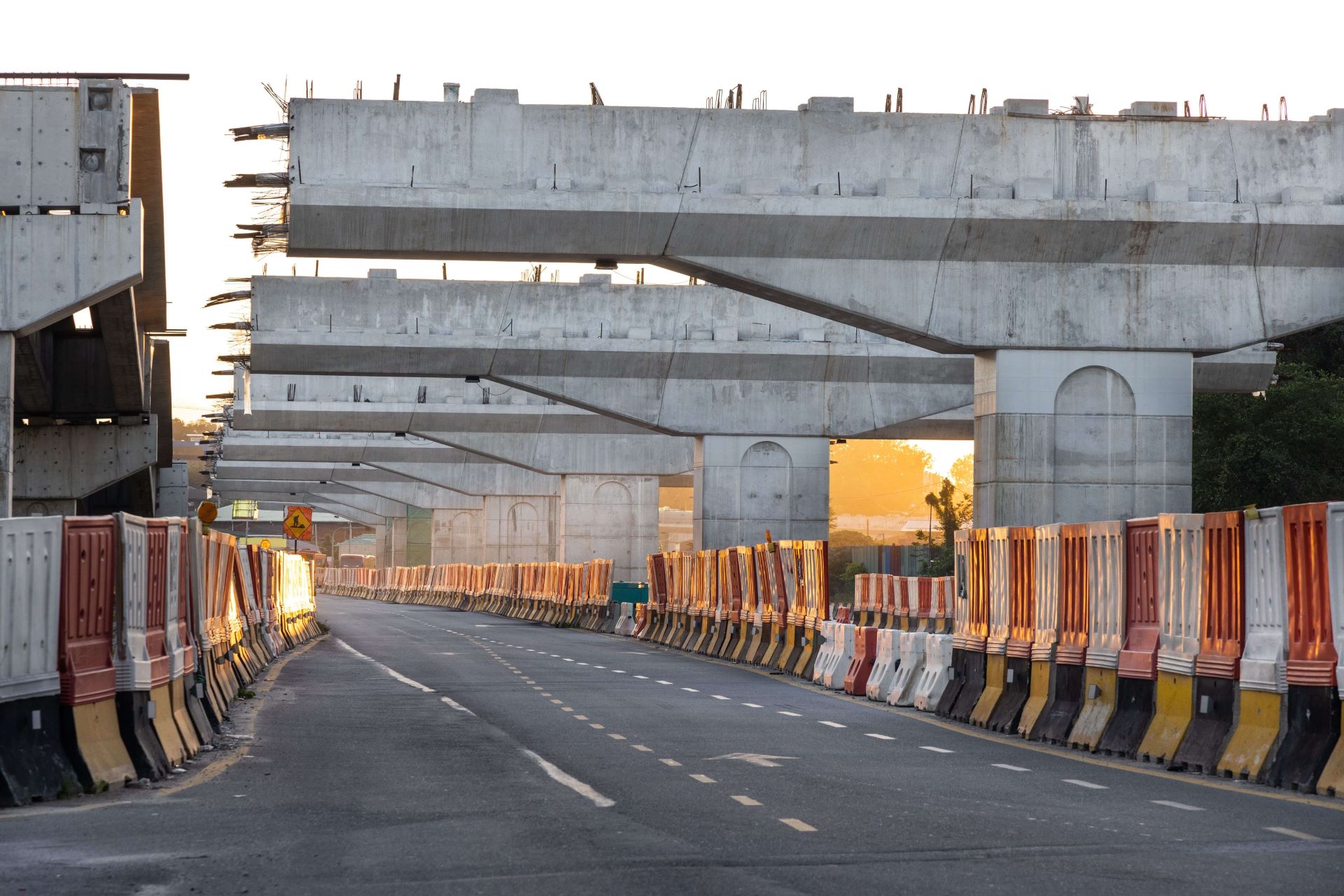The next couple of years after 2023 are bound to be big ones for Filipino infrastructure development. The current Marcos administration has recently set its sights on finishing projects worth four trillion pesos by 2028, according to the National Economic and Development Authority (NEDA). The exciting announcement serves to signify the continuation of the Build Build Build program, which the former Duterte Administration set into motion. Currently, seventy-three flagship projects from the original list of 112 are being prioritized to upgrade the Philippine Development Plan.
A push for more excellent infrastructure could not come at a more important time for the country. For far too long, Philippine infrastructure has routinely failed to meet the demands of a rapidly growing population. This stems from traffic congestion, poor urban planning, and countless other problems.
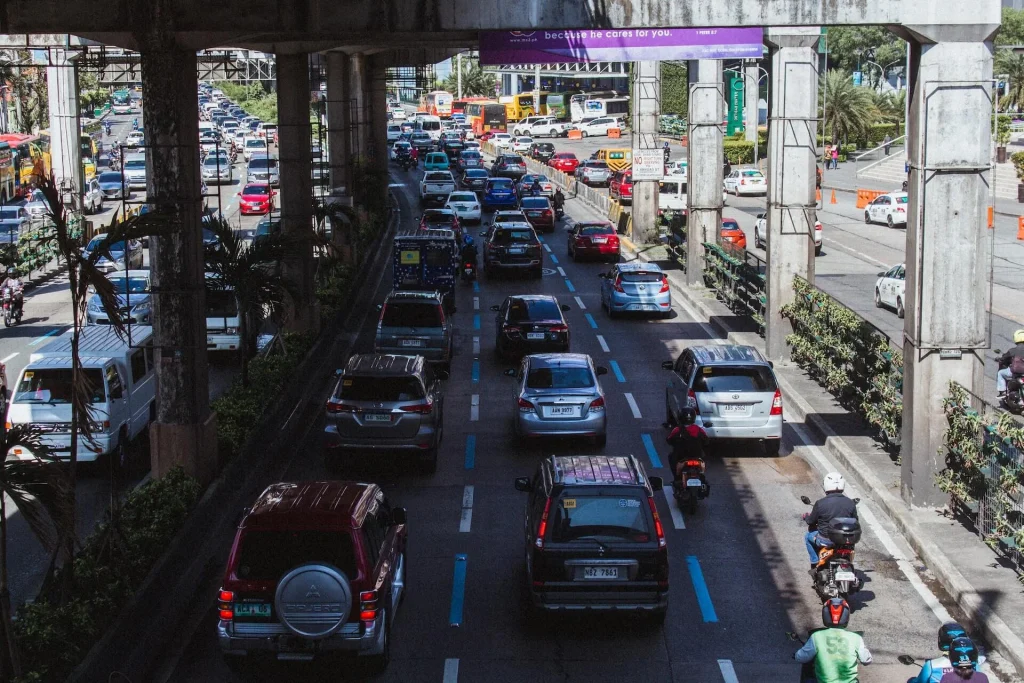
The initial program from the past administration planned several flagship projects numbering in the triple digits to address the issue. However, the COVID pandemic and its resulting impacts left much of the initiative crippled. Necessary health spending and stabilization led to a shift in priorities for the government, eventually leading to many infrastructure projects left unfinished or unstarted. Despite these setbacks, the groundwork set up by the previous administration still exists and now acts as a potential launch board for more efficient development and hopefully lead to better Gross Domestic Product.
With the recent announcement, it is beginning to look like now may be the best time to use that launch board. With the effects of the pandemic clearing up, our developmental plan is slowly getting back on track. Seventy-three projects, along with numerous big-ticket projects, are definitely plans to look forward to. Here are a few that deserve a closer look.
Big Ticket Infrastructure Projects to Be Finished by 2028
1. Boracay Circumferential Road
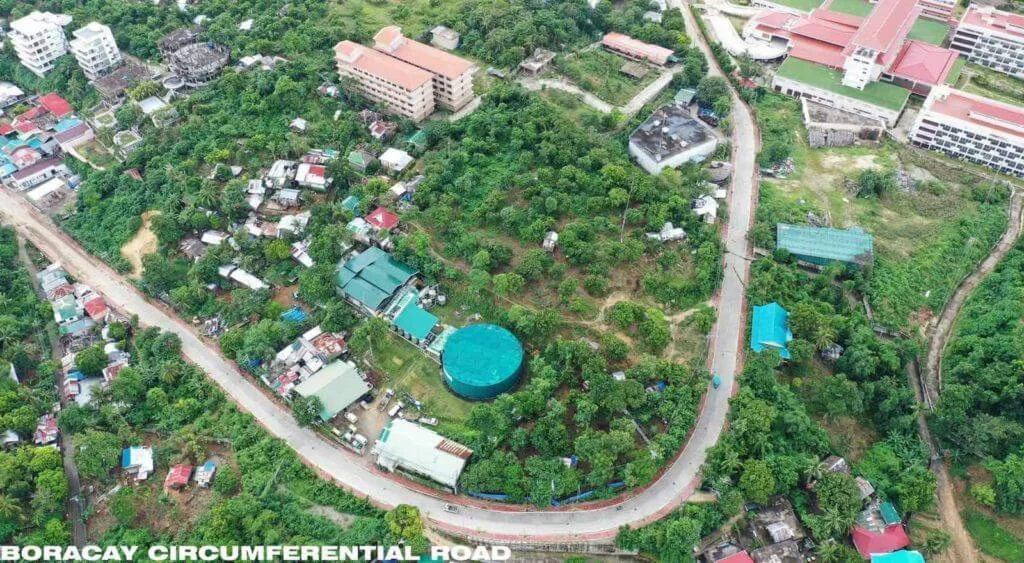
Photo from mb.com.ph
The Boracay Circumferential Road Many of these infrastructure projects are strategically placed within important areas in the country. Today, tourists both foreign and local alike are in luck as one of these projects is the Boracay Circumferential Road.
White sand beaches, exciting activities, and relaxation are made all the more accessible with the new road. Under the supervision of the Department of Public Works and Highways (DPWH), the road serves to ease traffic across the island. The road plans to reduce travel time from what was once an hour and 30-minute drive to just 45 minutes across three towns. The implications of this are obvious, less traffic means more time for leisure, and more value for land in Boracay.
The 21-kilometer road comes at a hefty price tag of 1.94 billion pesos, a price many would agree is money well spent. Boracay holds a reputation as one of the biggest tourist destinations in the world. Upgrading its infrastructure is a big step in the right direction to elevate the island and keep it a premier getaway location.
Under President Ferdinand Marcos Jr.’s administration, the road is finally nearing its last stretch to completion. While many sections of road, public drainage, and lighting were covered previously, development is still ongoing.
One of the more notable hurdles the new administration has to face is the clearing of infrastructure around the circumferential road. More importantly, the upgrading of infrastructure on the island came after a devastating island closure that prevented much of the tourism the island needs to thrive. With the reopening of the island, many are keen to see how the developments hold up in the face of an influx of visitors.
With the passage of time, there is no doubt that visits to the island will return to pre-pandemic levels. As current development keeps expanding, it is safe to say that this famous island will have its time under the sun once again.
2. EDSA Greenways Project
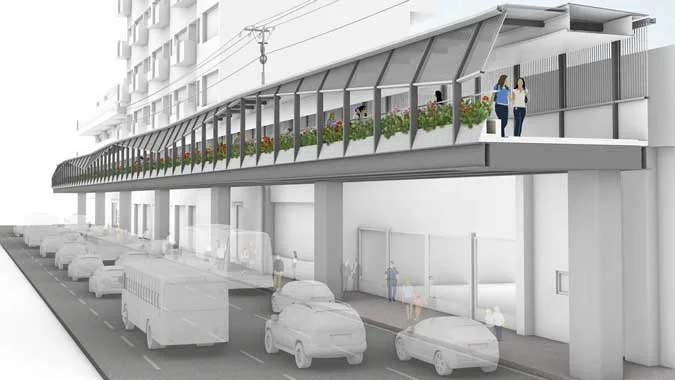
Photo from bworldonline.com
After taking a break from sandy beaches and relaxing waves, many Filipinos may find themselves dreading returning to the concrete jungles of our cities. There, one of our most iconic infrastructure failings comes in the form of congested roads and walkways, and of these, none is more emblematic than traffic along EDSA Avenue.
Congestion along Epifanio de Los Santos Avenue (EDSA) is nothing short of iconic. Tales of cars spending hours on the hot concrete while pedestrians swarm its sides create understandable apprehension. With the EDSA Greenways Project, however, new ground is being covered.
The Greenways Project aims to upgrade existing pedestrian facilities through covered and elevated walkways near main transit stations. Currently, the EDSA pedestrian experience is not only unpleasant but oftentimes unsafe. However, walkways near the Balintawak, Cubao, Guadalupe, and Taft mass transit stations not only protect pedestrians but encourage the use of public transit as well.
Plans for the implementation of the walkways estimate the project’s budget at around 8.79 billion pesos. Most of this budget is coming from a much-needed loan, courtesy of the Asian Development Bank and the ASEAN infrastructure fund. Meanwhile, our government is responsible for the rest of the budget, a sizable 1.829 billion pesos. This financial estimate comes attached with an already extended two-year completion deadline.
Much of the challenges with constructing these pedestrian facilities come with balancing construction and traffic. Safe construction is reliant on lane and partial road closure. This is at odds with the sheer volume of traffic that EDSA handles as the main route of the Metro Manila road network towards various cities like Las Pinas and Muntinlupa. This dilemma is a necessary one as the alternative of no development at all for a minor convenience is disastrous.
Following the expected completion by 2024, pedestrians can expect a safer experience high above the asphalt. With one part of the equation solved for perhaps our country’s busiest street, the other side may soon follow.
3. New Manila International Airport
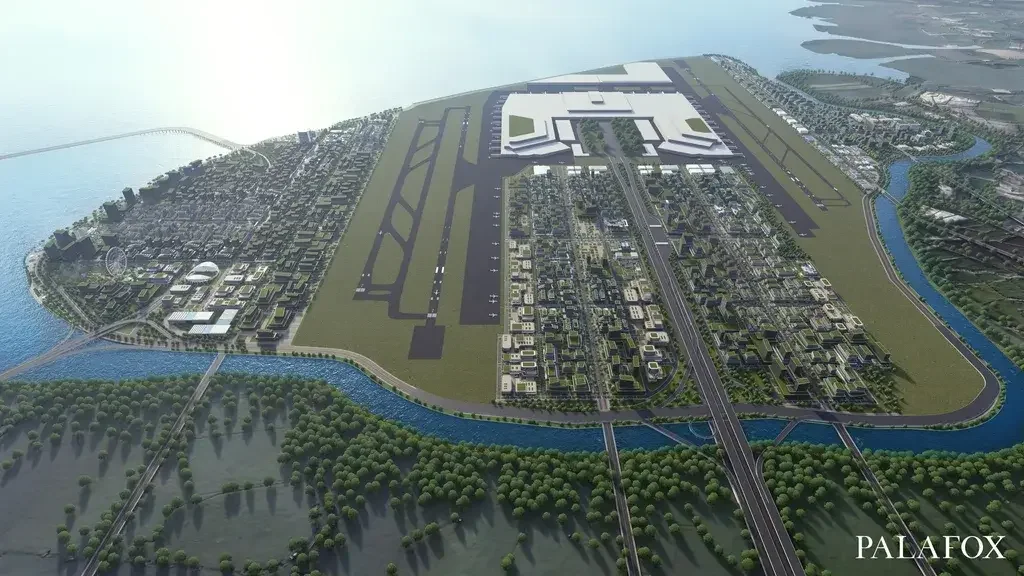
Photo from rappler.com
Perhaps the biggest project on this list is the upcoming establishment of the New Manila International Airport, also known as the New Bulacan International Airport. This project is currently being handled under a partnership with the esteemed San Miguel Corporation.
Much of the congestion problems the country faces aren’t limited to the streets. Reliance on Ninoy Aquino International Airport (NAIA) as our central air hub has led to long-term air congestion. Even worse, the hundreds of passengers once on the ground create even more traffic. The New Manila International Airport seeks to be a timely alternative.
Based in Bulacan and under the supervision of San Miguel, the project is estimated to cost nearly P740- billion. Breaking ground in February 2020, the airport and the planned city built around it comes at a steep price which is worth it in the long run.
The benefits to the area itself are the most immediate, the city around it, dubbed an “aerocity”, is going to attract attention, investors, and jobs in the thousands. This along with a subsequent special economic zone and freeport authority requires supporting industries such as transportation lines and telecommunications will need workers to set up routes and connections. As supply lines continue to build, construction will follow closely.
With the airport generating publicity, you can expect to find a rush of buyers looking to snatch up land in the area. Get in contact with a good real estate developer to enjoy the influx of companies and their products from a prime location.
With plans to make the airport three times bigger than NAIA, you can expect the resulting city to be highly modernized. Higher volumes of passengers will need a massive amount of amenities to cater to their needs. All manner of buildings will be needed, ranging from hospitals to government centers and hotels. These buildings will not only be top-of-the-line but also big employers.
Additionally, once the aerocity is in place, you can expect schools and other supporting infrastructures to be implemented to attract permanent residents. From all over the Philippines, roads will lead to new development centers to bring Filipinos one step closer to new opportunities.
4. NLEX-SLEX Connector Road
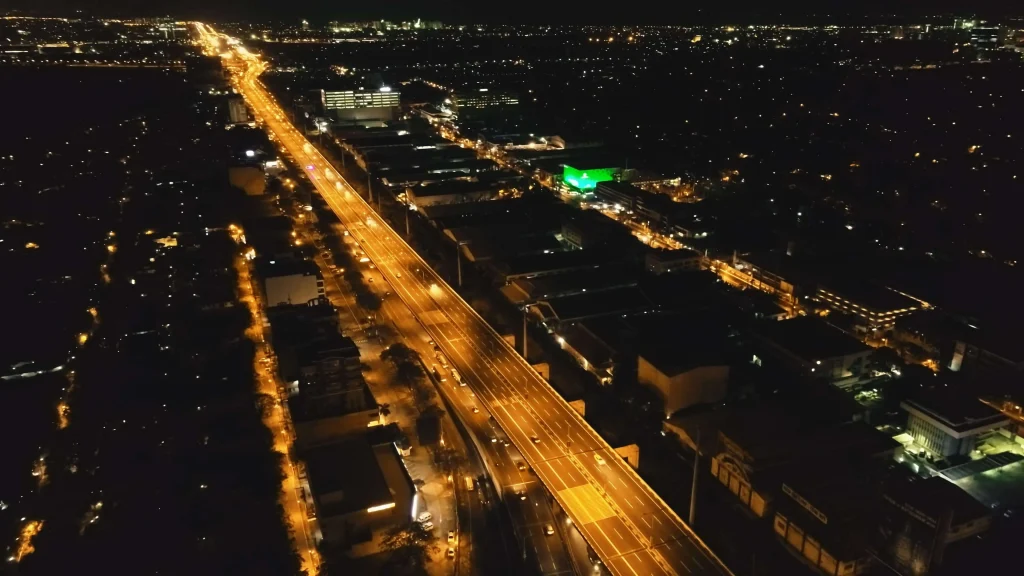
Connecting the different infrastructure projects under the new nation requires an effective highway. The planned eight-kilometer North Luzon Expressway and South Luzon Expressway (SLEX) connection combines two of our biggest highways to do just that.
Estimated to service up to 35,000 motorists every day, the new expressway cuts travel time between the two highways to just under 20 minutes. With over P23.2- billion spent, motorists can expect greater access, opening up areas and opportunities.
What this means for areas in the north and south is an expected increase in property value. Houses for sale in Cavite and other areas in the south get a bump in value with easier access to Metro Manila and greater Luzon. With a strong residential area in the south, you can expect that setting roots will come with some fierce competition.
This means that it is prime time to look for houses and lots for sale in these areas. Getting a trusted real estate developer such as Crown Asia, links you to the best that Philippine real estate can offer.
New roads opening up also means that investors and businesses will find it much easier to set up shop across either side of the expressway. This leads to greater economic activity in those areas, making location a prime variable to consider when settling down.
With all of these areas being connected to each other, the main question now is, how are you supposed to make the most out of this? You should remember that a bright future for the Philippines is also a bright future for you if you know how.
Maximizing the Philippine Infrastructure Boom
To get the most out of the Philippine infrastructure program, there are several things you have to consider. The first is that you may not be able to enjoy the benefits of all these projects. Secondly, you have to choose the strategies that work best for you. It’s easy to feel overwhelmed, but luckily, here are several tried and proven strategies to help you out.
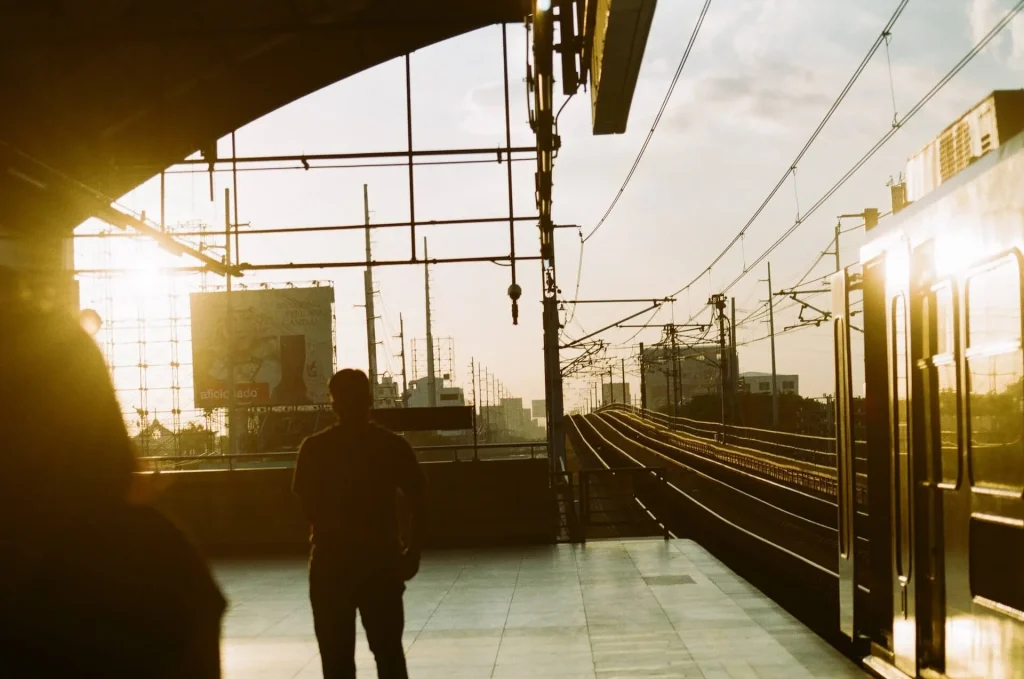
Business Expansions
If you’re a business owner, then it doesn’t take much to figure out that new projects attract people who might be your next customer. By moving to areas and expanding, you get first movers advantage through an established reputation and customer base.
Business expansion in these areas begins with figuring out the current external factors that may help or hinder you. A lot of this is based on other stakeholders operating within the area. You want to figure out who your suppliers, customers, and competitors are. With infrastructure, you probably have to consider what the specific project is and what it brings to the area.
Real Estate
The real value of these infrastructures is best enjoyed with some savvy real estate investments. Not only do these areas get more repeat value from whatever benefits the infrastructure brings, but land constantly appreciates, leading to a sizable profit over time. Additionally, infrastructure tends to generate supporting infrastructure as well. Getting the right lot at the right time allows access to all of these while getting houses and lots for sale makes for some serious cash.
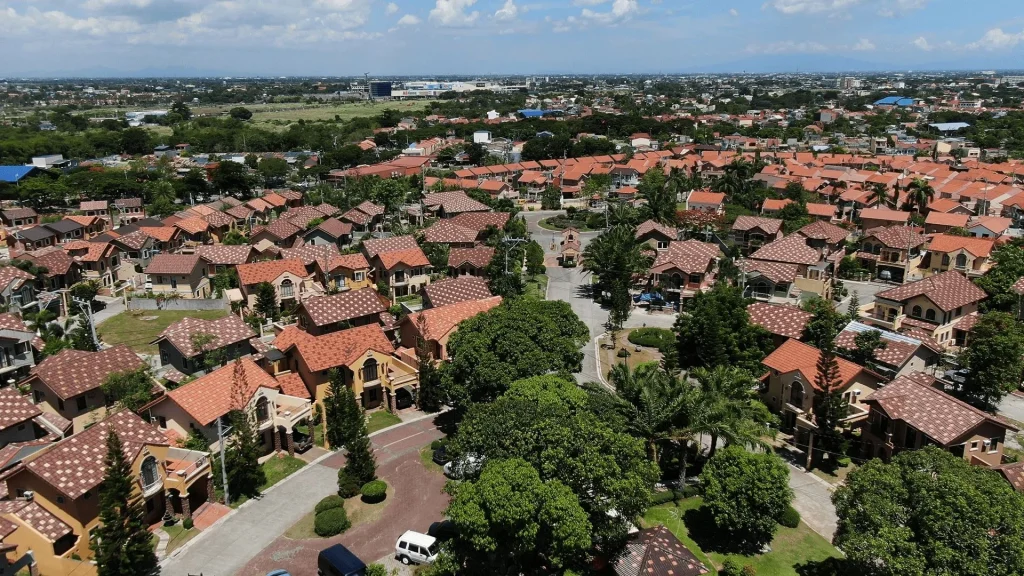
Real estate is also a safe bet to maximize this growth as you can count on the Philippine population to continue expanding. As it does so, you will want to invest in good housing now before the entire country is developed. A lot of this is difficult without the right partner, however. Philippine real estate requires knowing the ins and outs of the industry to appraise lots and make sure you’re getting your money’s worth. That’s why real estate developers like Crown Asia are indispensable. With experience in the industry for over 25 years, you’ll want Crown Asia’s experience to ensure that your bright future moves hand in hand with the nation’s development.
A Closer Look at Infrastructure
Whether it’s looking for houses for sale in Cavite or bringing new visitors from all over the world, infrastructure development unlocks both opportunities and rewards. While it’s tempting to simply sit back and see these projects once they’re finished, you can do so much more than that.
The trick is to act now before others realize what this infrastructure can do for them. Whether you do this through expanding your connections or moving to these areas, what matters is that you ensure that you are part of this exciting future.
Read more: Why Traveling to the South Is About to Get Easier


